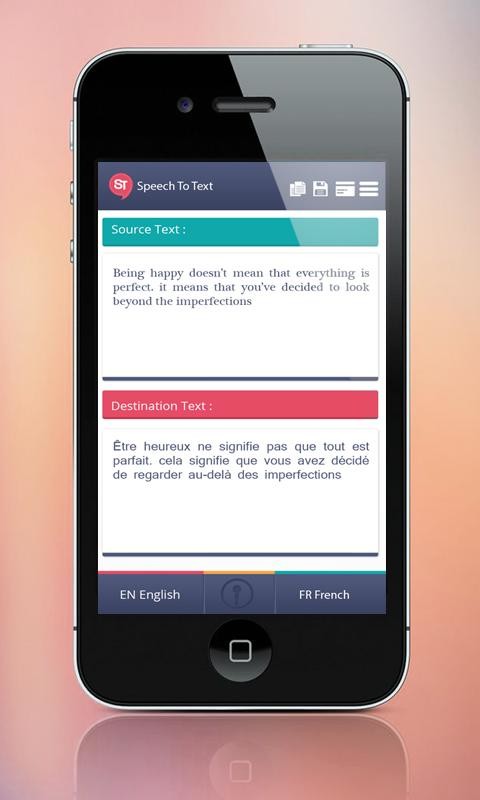
This model aimed at understanding the computational potential of biophysically realistic oscillatory neural processes rather than simply fitting existing data. A neurocomputational model involving the coupling of realistic theta and gamma excitatory/inhibitory networks was able to pre-process speech in such a way that it could then be correctly decoded 8. It therefore incorporates the contextual and prior knowledge which are invoked as critical in speech processing 25.īottom-up and top-down approaches of speech processing both find support in theoretical studies. Predictive coding also provides a message passing scheme in which top-down predictions and bottom-up prediction errors work together to identify the hidden causes of sensory signals. Predictive coding 18, 19, 20, 21, on the other hand, offers a theory of brain function that, in common with Analysis-by-Synthesis 22, 23 and the Bayesian Brain hypothesis 24, relies on the agent having an internal model of how sensory signals are generated from their underlying hidden causes. Recent studies underline the importance of top-down predictive mechanisms during continuous speech perception and relate them to another range of oscillatory activity, the low-beta band 12, 13, 14, 15, 16, 17. Natural speech recognition also strongly relies on contextual cues to anticipate the content and temporal structure of the speech signal 9, 10, 11. In the domain of natural speech recognition, an important role has been assigned to the coupling of theta and gamma oscillations 5, 6, 7, as it permits to hierarchically coordinate the encoding of phonemes within syllables, without prior knowledge of their duration and temporal occurrence, i.e. Neural oscillations are involved in many different cognitive operations 1, 2, 3, and considering their cross-frequency coupling permits to more closely approach their function, e.g., perception, memory, attention, etc. This neurocomputational modelling work demonstrates that the notions of predictive coding and neural oscillations can be brought together to account for on-line dynamic sensory processing. Syllable recognition is best when theta-gamma coupling is used to temporally align spectro-temporal predictions with the acoustic input. The model uses predictions from internal spectro-temporal representations of syllables and theta oscillations to signal syllable onsets and duration. To explore the effects of theta-gamma coupling on bottom-up/top-down dynamics during on-line syllable identification, we designed a computational model (Precoss-predictive coding and oscillations for speech) that can recognise syllable sequences in continuous speech. Speech comprehension also strongly depends on contextual cues that help predicting speech structure and content.


This process is argued to rely on theta-gamma oscillation coupling, which can parse syllables and encode them in decipherable neural activity.

On-line comprehension of natural speech requires segmenting the acoustic stream into discrete linguistic elements.


 0 kommentar(er)
0 kommentar(er)
